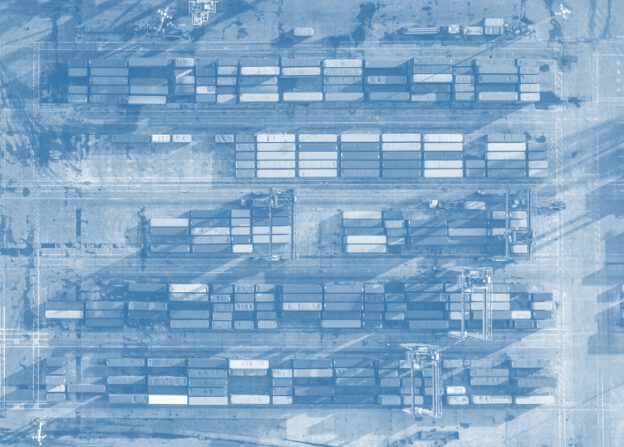- Marschweg 95, 26131 Oldenburg
- info@bvise.de
Menu

In an increasingly globalized world, supply chain efficiency is determined not only by speed and cost, but also by the ability to reliably meet regulatory requirements. With its EWM (Extended Warehouse Management), TM (Transportation Management) and GTS (Global Trade Services) solutions, SAP offers a strong portfolio for mastering precisely these requirements. But the real added value comes from the integration of these systems – especially when EWM and TM are operated decentrally.
Many companies use decentralized EWM and TM systems to gain operational flexibility and manage complex warehouse and transport processes independently of the central ERP system. At the same time, they need to ensure that international trade requirements – such as embargo checks, export licenses or customs clearance – are reliably met. This is exactly where SAP GTS comes into play.
The integration of EWM and TM with GTS enables
In the shipping process in decentralized EWM, the delivery is generated via the core ERP and then processed in EWM. For a GTS integration, this means that the delivery is automatically transferred to GTS for legal verification (e.g. embargo check, export license), EWM only carries out the goods issue if GTS has issued the release and the export accompanying documents (ABD) can be generated directly in GTS.
TM plays a central role in transportation planning and execution. In conjunction with GTS, transports are already checked for export control requirements during planning, export or import documents can be created automatically for each transport and customs procedures (e.g. transit procedures or carnet procedures) can be integrated.
Of course, the integration between EWM and TM should not be forgotten. It enables the seamless transfer of shipping orders (freight orders), automated communication about loading times, availability and means of transport, as well as real-time tracking and optimized transport cost calculation.
An integrated setup of decentralized EWM and TM with GTS offers companies, among other things
Modulares System oder als eigenständige Lösung
limitierte Funktionen zur Bestandsführung
keine Echtzeit Synchronisation zwischen Serviceaufträgen und Lagerbestand. Buchung des Materialverbrauchs oft erst nachträglich
Aufträge manuell oder auf Basis von Reservierungen oder separaten Buchungen
Embedded oder dezentrale Lösung
Klassische Lösung
Intelligente Serviceauftragsintegration
The integration of decentralized SAP EWM and TM with SAP GTS is not a technical nice-to-have, but a strategic must-have for internationally operating companies. It combines operational efficiency with legal security and lays the foundation for a smart, resilient and globally compliant supply chain. Sounds good? Then contact bvise for more information on integration!